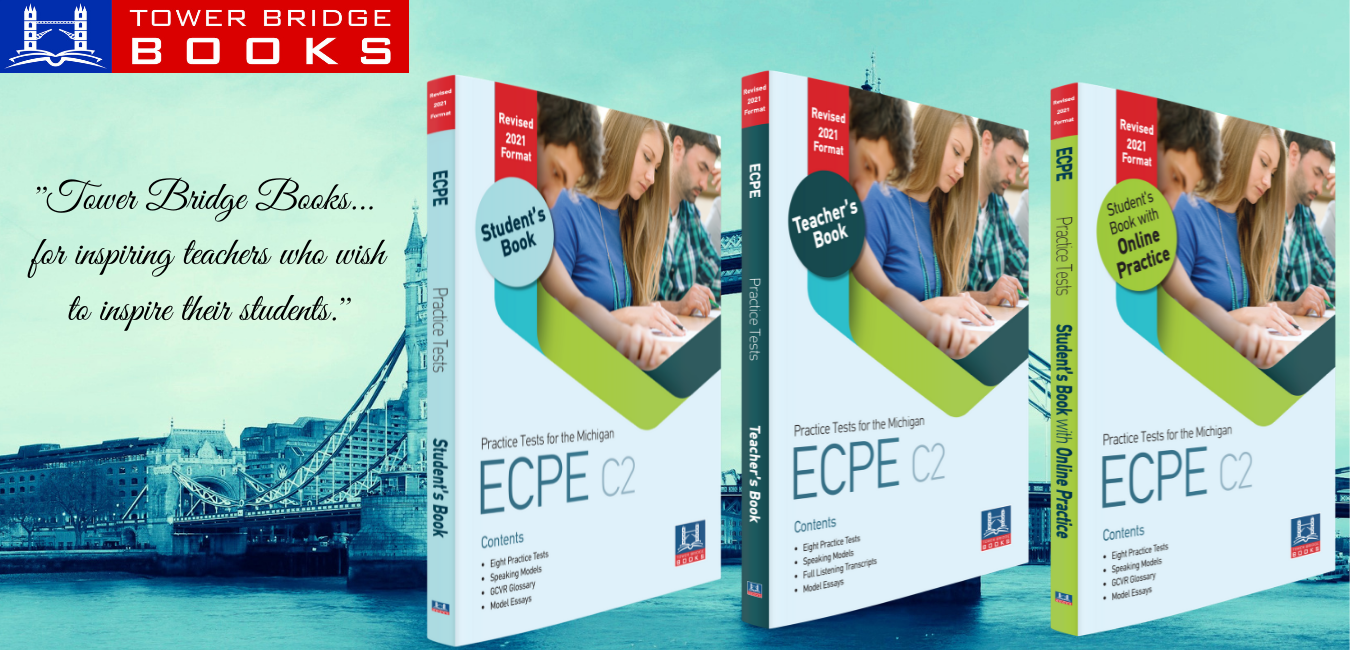Professional development has its challenges. From the inability to get substitutes for teacher coverage to the often-large financial burden of these workshops, it can be difficult for school districts to provide training for their staff. Even if a school can bring in PD opportunities, these onetime sessions rarely offer an in-depth dive into a concept. This problem is especially prevalent in educational technology training, where sessions are devoted to navigating a specific tool and not classroom implementation strategies.
Microlearning can provide an ideal solution for school districts looking to overcome the barriers to traditional professional development, specifically in their technology training sessions. Microlearning uses just-in-time, bite-sized learning experiences to engage a learner anywhere and at any time. Instead of attending lengthy training, learners can work through micro-courses, or mini-lessons, at their own pace. Companies have adopted this approach to training, providing new employees with micro-courses that they can review and refer to while on the job.
I use Google Sites to create quick, meaningful microlearning experiences related to technology or instructional strategies that teachers can choose to work through based on their interests or an area they’d like to review. These principles can be applied by any school looking to create in-house professional development. Staff members in charge of designing PD experiences can use microlearning strategies to create effective technology-based learning experiences for educators.
DESIGNING JUST-IN-TIME MICRO-COURSES
Choose a learning target: One of the key components of microlearning is that each mini-lesson has one clearly stated and attainable learning objective. Instead of potentially overwhelming a learner with too many instructional goals or focusing on a skill of little value to their needs, microlearning targets specific objectives for each mini-lesson.
Before designing a microlearning series, the first step is to write down all the bite-sized learning targets. For example, if a school wanted to train teachers in using a new formative assessment technology tool, the following could be learning targets:
Creating a new assessment
Modifying an existing assessment
Embedding specific types of questions
Generating reports
Analyzing class data and progress
Each learning target would be its own mini-lesson, which chunks the content and allows teachers to select the lessons that are most appropriate for their needs.
Provide context: In the same way that it’s important to establish context and rationale for learning something new with our students, educators need to understand why a skill is useful for their specific role. When I design a micro-course, I like to ask myself, “Why bother?” This question helps me determine why an objective needs to be accomplished. Then, I include a quick statement explaining where this skill could be applied in a teacher’s role for each mini-lesson.
Go multimodal and interactive: When discussing microlearning, people often turn conversations toward content length. A common misconception is that micro-courses need to be within a certain time frame. However, the length is not as important as the content itself. Microlearning should be interactive and provide a variety of ways to access the material. For each learning target, I create at least two different ways to present the material to learners. Then, the teacher gets to choose how they experience the new information. For technology-based microcourses, the following are some of my interactive, multimodal presentation methods:
Quick videos with embedded questions
Step-by-step documents with GIFs
Clickable simulations using Iorad
Collaborative brainstorming on a Jamboard
Self-checking Google Forms assessments
Aside from the material being interactive, I try to also embed an opportunity for reflection within the microcourses. Using tools like Edpuzzle for video tutorials or Google Forms quizzes, teachers can easily check their understanding of a technology concept and see which mini-lessons they may need to revisit.
Provide consistent, continuous access to learning: Constant access to the learning materials is an essential component of microlearning. Although each of my technology micro courses is built in a separate Google Site, I also have a single website containing links to each of the courses. I ensure that the sites are accessible across devices, so that the teacher can easily go to the main website, find the microcourse they need, and use the resources while in the classroom. New micro-courses are added to this main website so that teachers can refer to the platform when they want to continue their professional learning or need a quick refresh of specific technical skills.
Microlearning provides an ideal alternative for schools looking to design professional learning experiences. Courses can be designed, developed, and distributed by district staff in-house, instead of hiring outside organizations. The self-paced nature allows teachers to work through the content based on their schedule, interests, and needs. And instead of spending in-person, synchronous training sessions reviewing the functions and logistics of a technology tool, teachers can spend sessions meaningfully discussing implementation strategies and using the tool within the classroom.
By Kathryn Nieves








